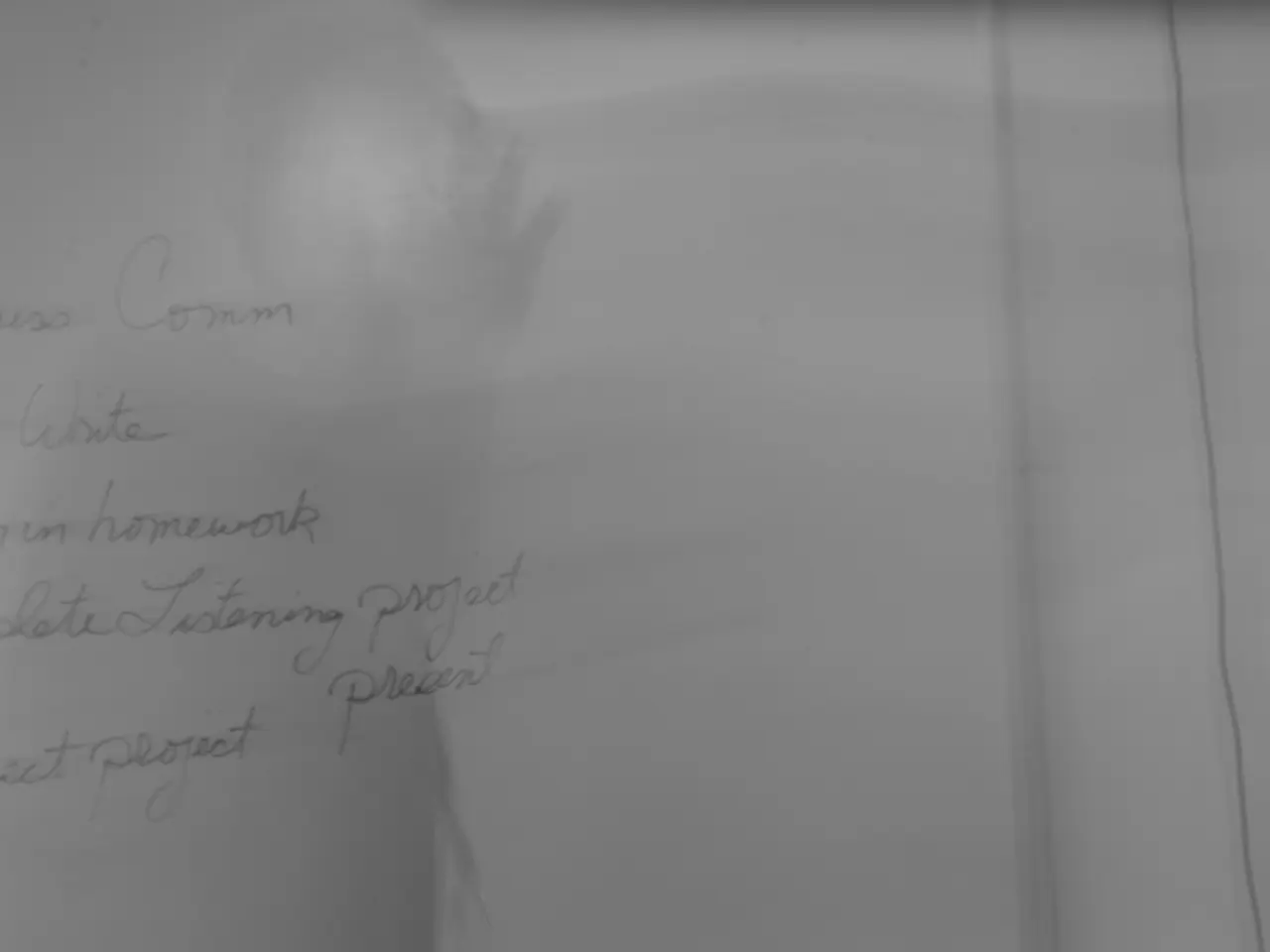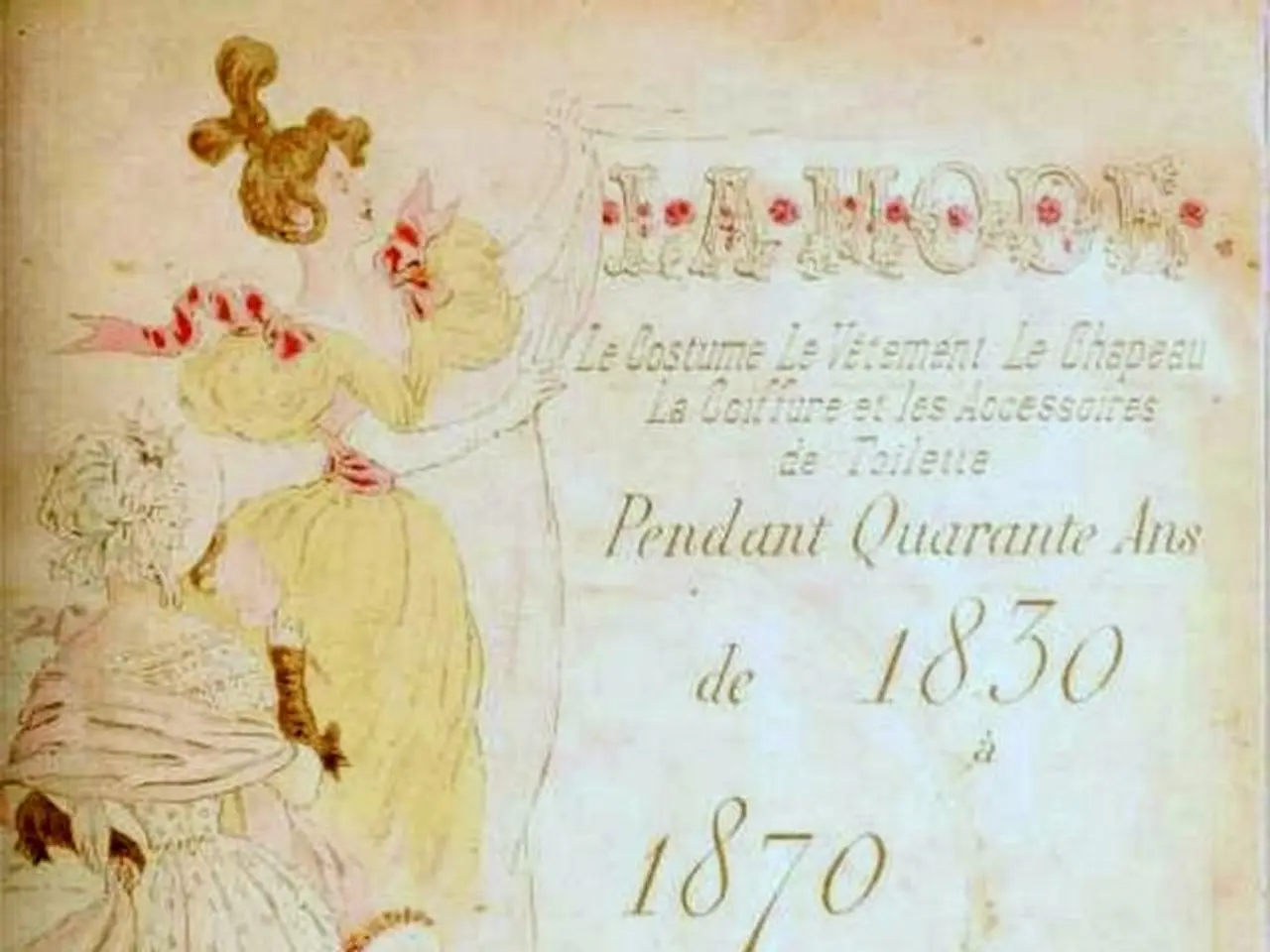U.S. tariffs average around 20%, returning to rates seen in the 1910s, according to WTO and IMF data.
The United States has seen a significant increase in its average tariff rate, with the World Trade Organization (WTO) and the International Monetary Fund (IMF) reporting a current rate of approximately 20.1%. This is the highest since the early 1910s, marking a historic peak not seen in over a century[1][2][3][4].
This increase represents a dramatic shift from the 2.4% average tariff rate at the beginning of 2025, just before President Trump took office on January 20, 2025[1][2][4]. In May 2025, the tariff rate even briefly surged to about 24.8%, the highest since 1904, due to a series of tariff hikes, especially targeting imports from China[2][4].
The rise to 20.1% includes adjustments accounting for recent trade agreements with partners like the European Union, Japan, and South Korea, which slightly lowered tariffs from peak levels but maintained them well above the pre-2018 baseline of about 10%[2][4].
The tariff increase has greatly expanded the value of trade affected by tariffs, from roughly $288 billion at the start of 2025 to $2.75 trillion currently, and represents the highest effective tariff level since 1933[1]. Experts warn this surge in tariffs could slow global trade, raise consumer prices, and increase international trade tensions[3].
It's important to note that this average tariff rate does not account for any potential changes or negotiations that may occur after the publication of this data. Similarly, the WTO and the IMF do not account for any potential changes or negotiations that may occur after the publication of this data[1][2][4].
The Budget Lab at Yale University's estimate of the tariff rate assumes no more shock announcements from Trump. However, the latest tariffs unilaterally applied by the US on Brazil, Canada, and semi-finished copper imports are included in the current rate[2][4].
| Date | Average US Tariff Rate (%) | Notes | |--------------------|----------------------------|--------------------------------------------| | Early 2025 (Jan 20) | 2.4 | Before Trump’s tariff hikes | | May 2025 | 24.8 | Peak tariff rate, highest since 1904 | | August 7, 2025 | 20.1 | Latest WTO-IMF data, highest since 1910s | | Pre-2018 baseline | ~10 | Prior to recent significant tariff rises |
This surge in tariffs, while aiming at trade rebalancing, carries risks of reduced trade volumes and higher costs globally[1][2][3][4].
- The escalation in tariff rates, as seen in the United States, has been mirrored in the international cricket industry, where finance officials have expressed concern over potential harm to the global market due to increased costs and reduced trade volumes.
- Ahead of the 2023 World Cup in India, political leaders have emphasized the need for more effective financial management within the international cricket industry, fearing that the adverse effects of tariff hikes could lead to a significant decrease in sponsorships and broadcasting rights.
- General news outlets have highlighted the potential impact of the current economic climate on various industries, including the international cricket industry, calling for a proactive approach to address tariff-related challenges and safeguard the future of this popular sport.




